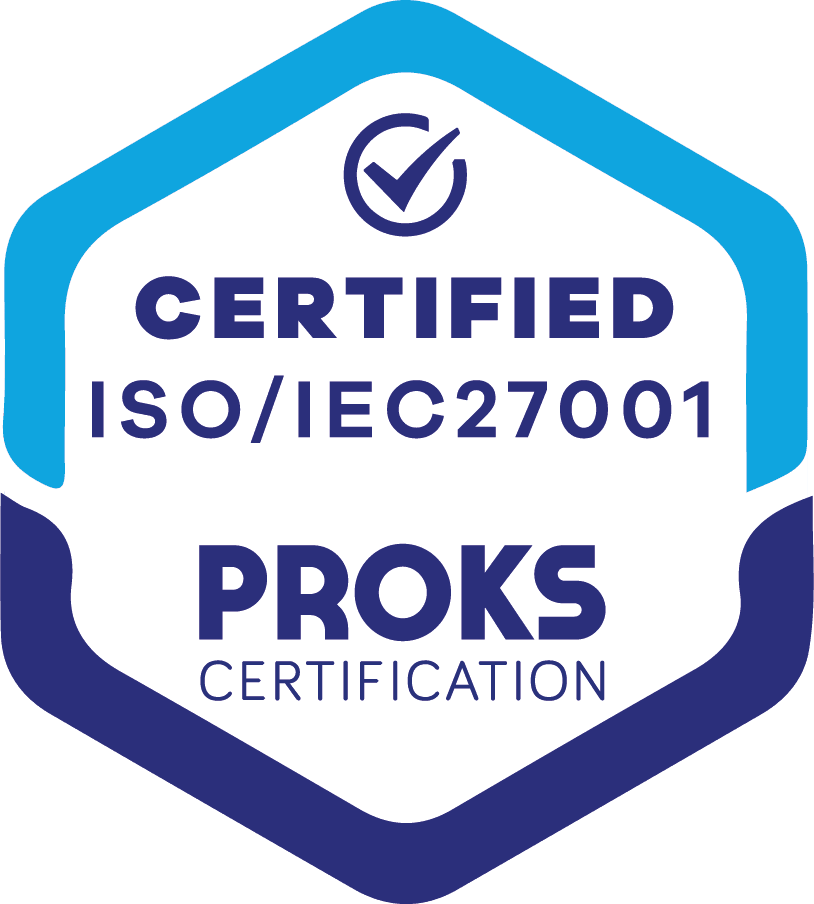Many businesses, regardless of industry or company size have embraced the concept of a nearshore partner for software development.
The nearshore software development, by its distinctive ability to strike a harmonious balance between cost-effectiveness and the delivery of high-quality results, creates a synergy that few alternatives can match.
However, navigating the world of IT nearshoring can be accompanied by some questions and uncertainties that can lead to misguided choices.
With over a decade of accumulated experience, we at Nearshore Portugal have successfully found and addressed numerous questions that exhibit striking similarities. In response, we have curated a selection of these recurring questions, accompanied by enlightening answers.
As new and pertinent questions arise, we are committed to updating this article with those questions and their corresponding answers. Through this resource, we intend to empower companies with the insights they need to make informed decisions and maximize the benefits of nearshore partnerships.
1. How do I choose the right cooperation model for my project?
To make better decisions regarding the cooperation model, consider the following factors:
- the scope and complexity of your project;
- the expected timeline for completion;
- and the resources it demands.
And take into account the specific skill set that will be fundamental to the success of your project.
We employ two cooperation models at Nearshore Portugal: Team Extension and Full Teams.
Team Extension is ideal for scaling your existing team and filling specific skill gaps, while Full Teams are better suited to outsource your whole development team.
2. How does communication work between my team and the nearshore team?
Communication is crucial in any IT project, and ensuring an open line for everyone is key.
At Nearshore Portugal, we emphasize seamless communication by using common collaboration tools like Slack, Teams, Skype, or Zoom. Additionally, we ensure that all team members are proficient in English and share the same working hours as your team for real-time collaboration.
Maintaining a dialogue, whether online or face-to-face, helps prevent misunderstandings and contributes to a higher-quality performance that will influence the ongoing project.
Ensure that your nearshore team operates at full efficiency and productivity with four steps.
3. What are the benefits of a dedicated team model?
A dedicated team complements an in-house team without replacing it.
For example, we operate a team extension model, an approach focused on filling in the skill gaps of an existing in-house IT team and augmenting its overall potential.
An extended team, composed of IT professionals with specific skills, becomes part of the company, its culture, and its vision with the benefit of being customized and managed as needed by the customer. This provides companies with:
- the versatility of skills;
- greater project flexibility;
- support from seasoned talent;
- long-term collaboration practices;
- increased efficiency;
- faster time to market;
- and significant cost savings.
4. How do you ensure the quality of the team members in each model?
In our case, we follow a stringent recruitment process, which includes screening candidates based on their technical skills, experience, and cultural fit. We provide our partners with the opportunity to interview a reduced list of candidates and make the final decision on the team composition.
5. Is my company too big or too small for an extended team?
At Nearshore Portugal, our team extension model can be applied to any company, regardless of size. We focus on providing customers with the best solutions set in order to meet project needs and capabilities. Beyond simply pairing professionals with projects, we ensure customers access top-tier talent.
6. How can I be sure consultants have the experience and knowledge I’m looking for before hiring?
At Nearshore Portugal, our tech recruitment team undergoes a detailed selection process centred on a pool of CVs and interviews to determine the candidate’s capabilities, from know-how to soft and hard skills. Once we have a shortlist, customers are involved in the recruitment process to determine if the developers have the desired experience, knowledge, and proper profile. Only then will the hire take place and the professionals or team will be allocated to the project.
How we at Nearshore Portugal can help you?
At Nearshore Portugal, we offer a complete Team as a Service (TAAS), which gives our clients the best solutions for their software development. With our TAAS model, the client hires a remote team of experts to work with directly. We handle recruitment, salary negotiations, payroll, workstations, etc., but the client has a final say over who gets hired and what profile they should have.
“The client is in control, with teams that are fully dedicated to their project.”
The TaaS model is flexible and, contrary to the traditional outsourcing model, allows companies to create the model that works best for them. They define the tech stack, the working methodology, and the team size, allowing for scaling up and scaling down within certain rules. Essentially, it’s their dedicated team, operating as if they were in-house employees, but without the organizational intricacies generally associated with HR management.



